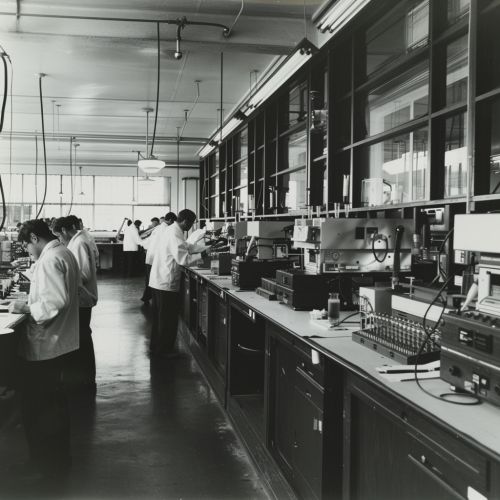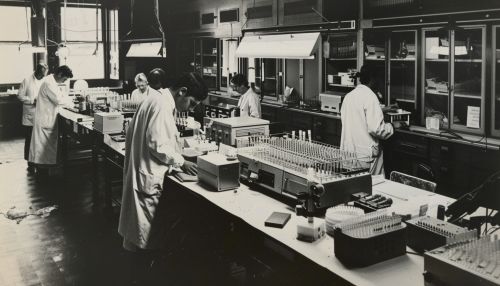Theodosius Dobzhansky
Early Life and Education
Theodosius Dobzhansky was born on January 25, 1900, in Nemyriv, Ukraine, then part of the Russian Empire. He was the only child of Sophia Voinarsky and Grigory Dobrzhansky, a mathematics teacher. His early interest in biology was encouraged by his mother, who had been a student of biology at the University of Kiev.
Dobzhansky attended the University of Kiev, where he studied under the tutelage of renowned geneticist Ivan Schmalhausen. He graduated in 1921 with a degree in biology. In 1924, he married geneticist Natalia "Natasha" Sivertzeva, who was also his research partner throughout his career.
Career and Research
In 1927, Dobzhansky moved to the United States to work with Thomas Hunt Morgan at the Fly Room at Columbia University, a center for genetic research. There, he began his pioneering work on the fruit fly Drosophila melanogaster, which would form the basis of his most significant contributions to science.
Dobzhansky's research focused on the genetic diversity of wild fruit fly populations. He discovered that, contrary to the prevailing belief at the time, these populations were not genetically identical. Instead, they exhibited a wide range of genetic variations. This finding was crucial in the development of the Modern Synthesis, a unifying theory that integrated genetics with Darwin's theory of natural selection.
In 1937, Dobzhansky published his seminal work, Genetics and the Origin of Species, which synthesized the ideas of population genetics and evolution. This book is considered one of the most important works in the field of evolutionary biology.
Dobzhansky continued his research at Columbia University until 1940 when he moved to the California Institute of Technology. There, he expanded his research to include other species of fruit flies and other organisms. He also began to explore the role of genetic drift and gene flow in evolution.
In 1962, Dobzhansky joined the faculty of the Rockefeller University in New York City, where he continued his research until his retirement in 1971. He then moved to the University of California, Davis, where he continued to work until his death in 1975.
Contributions to Science
Dobzhansky's work has had a profound impact on the field of evolutionary biology. His research on genetic variation in natural populations provided the empirical evidence needed to support the Modern Synthesis. His work also laid the groundwork for the field of population genetics.
Perhaps Dobzhansky's most famous contribution to science is his statement that "Nothing in biology makes sense except in the light of evolution." This phrase, which is often quoted in biology textbooks, encapsulates the central role of evolution in understanding biological phenomena.
Dobzhansky's work also had significant implications for the field of conservation biology. His research on genetic diversity has informed strategies for the conservation of endangered species.
Legacy
Dobzhansky's contributions to the field of evolutionary biology have had a lasting impact. His work continues to influence current research in the fields of genetics, evolution, and conservation biology. The Dobzhansky's Theorem, which states that "the more genetic variability a population has, the greater its capacity for evolution," is named in his honor.
Dobzhansky was also a dedicated teacher and mentor. He trained many students who went on to have successful careers in science, including Francisco J. Ayala, a renowned evolutionary biologist and philosopher.
See Also


